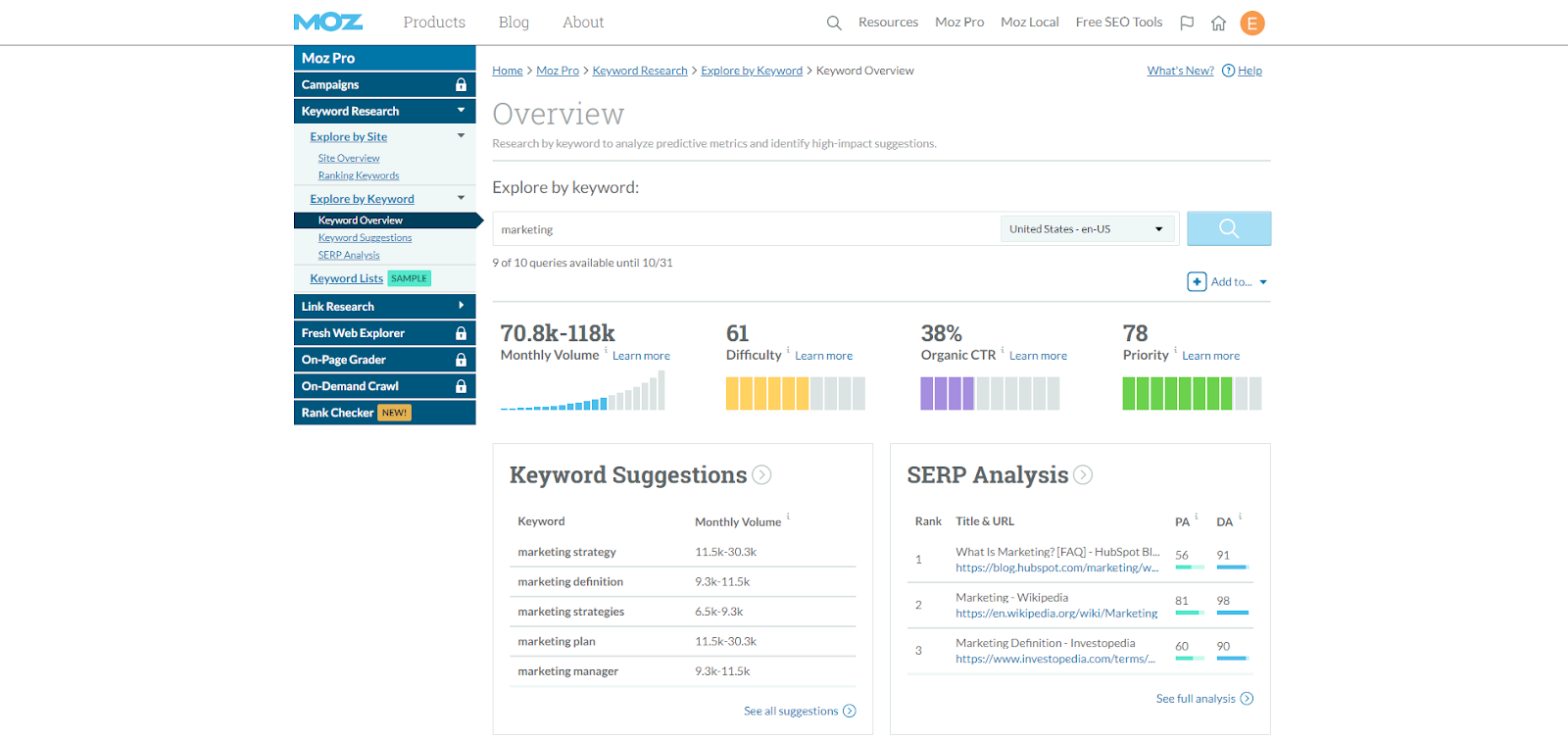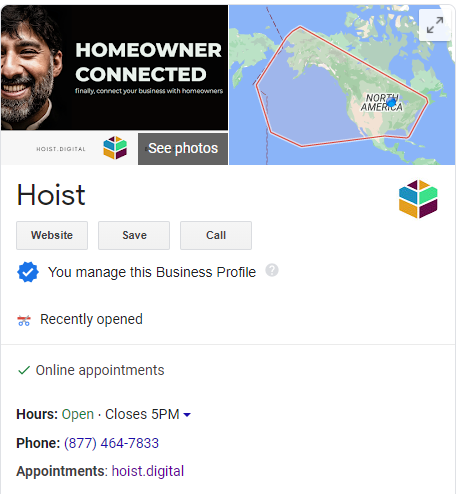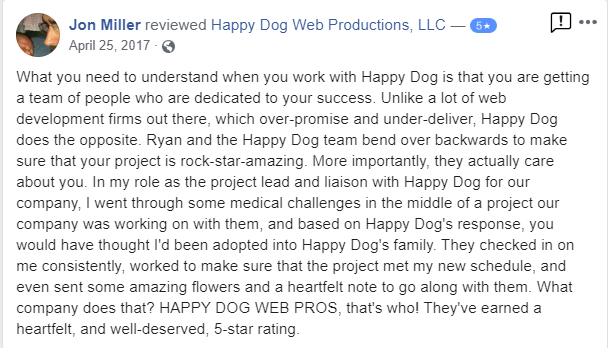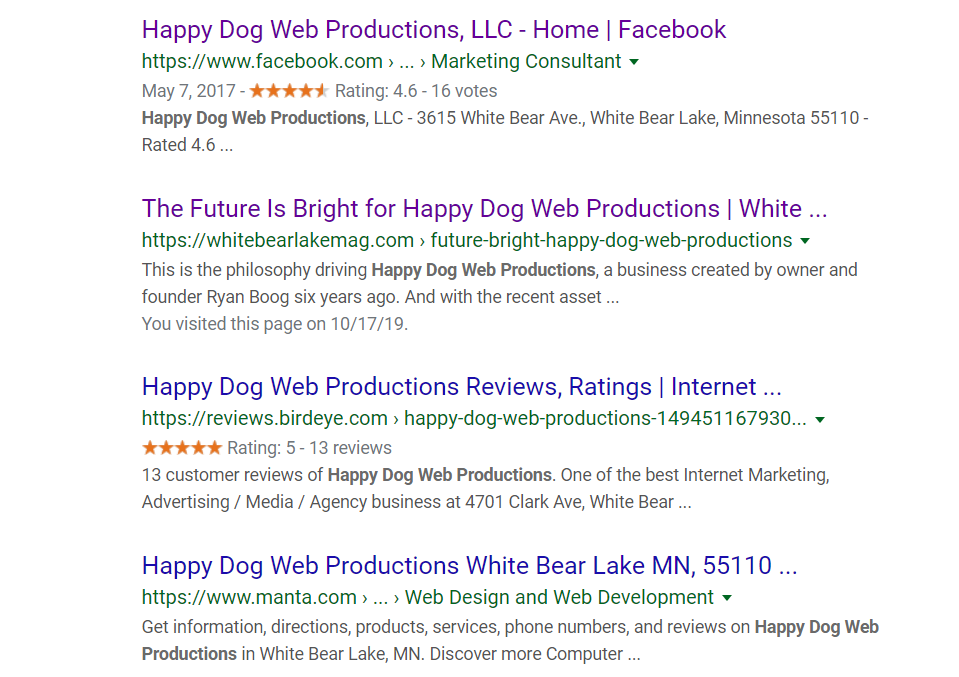
Subscribe to our newsletter!
We don't spam. You will only receive relevant and important tips for you and your business.
Unsubscribe anytime.
Dreaming of a top spot on Google? It's within reach! Think of your website as a hub where users discover value. As you rise through the ranks, you're not just working with algorithms – you're crafting what's relevant. Every click and detail adds to your digital identity.
In the world of online search, champions stand out by innovating, not just adapting. It's about creating an online presence that's essential to users.

The first step to ranking on Google is to create relevant, useful content. In order to break through the clutter and engage your reader, your content should align with what your users are searching for. To attract readers and show up in the SERPs, you need to write for the reader, not the search engine.
Users go to Google in search of information. On any given day, over 8.5 billion searches are made. Most Google search queries are made by users looking for help, whether it’s an answer to a question or a solution to a problem.
Your landing page should be optimized to answer your user’s questions or solve their problems. But how do you know what your user is looking for?
In order for your website to rank higher on Google, you need to know what phrases your users are searching for.
Keyword research tells you what topics users are interested in and how popular those topics are among your own audience. Research keywords for their popularity, search volume, and intent, so you can answer the questions that your audience wants answers to.
While researching keywords, you don’t only want to look at the search volume. If you run a small business, it will be much harder to rank for keywords with high search volumes because you will have a lot more competition. However, trying to rank for popular keywords may also benefit you as well, depending on your campaign goals, your budget, and the nature of your business.
Moz is an SEO software that offers a few free SEO tools. Its keyword explorer offers a comprehensive keyword analysis and suggestions to help you discover and prioritize the keywords you want to target.

Incorporating keywords that exactly match a user's search is no longer the most important ranking factor. Rather, it's the intent behind that keyword, and whether or not your webpage addresses the problem a searcher intended to solve.
Use your research to compile a list of keywords that align with your content, brand, and goals. You should consider the search volume, intent, specificity, competition, and relevance of each.
A strong keyword strategy should contain both short-tail and long-tail keywords. Short tail keywords (sometimes referred to as key phrases) are phrases that are generally shorter and more generic, typically just one to three words in length. Long-tail keywords, on the other hand, are longer phrases usually containing three or more words.
Instead of keyword-stuffing, incorporate your keywords naturally. The modern approach to optimizing content for search engines involves seamlessly integrating relevant keywords in a way that provides genuine value to the reader. By thoughtfully weaving keywords into the fabric of the content, you can enhance the discoverability of your webpage while ensuring that it remains authentic and informative.
On-page SEO refers to the practice of optimizing a website in order to rank higher in the Search Engine Results Pages (SERPs) and earn more relevant traffic. Fully optimizing a page includes making both content and HTML changes.
Meta tags provide Google with information about your page. To rank higher, your tags must be relevant. Custom meta tags will influence users and increase your click-through rate.
 The most important tag on your page is the title tag because it outlines what the page is about. When ranking pages for search queries, Google looks at the title tag and compares that to the rest of the content on the page.
The most important tag on your page is the title tag because it outlines what the page is about. When ranking pages for search queries, Google looks at the title tag and compares that to the rest of the content on the page.
Use your title tag to stand out from your competitors and appeal to your users. Make sure that your keywords are included in your title tag. According to Moz, the closer your keyword is to the beginning of the title tag, the more weight it has with search engines.
Links carry a significant amount of weight in your SEO. Linking internally to other pages of your site benefits the user experience and your Google rank as well. Linking internally improves the crawlability of your site and helps Google determine the most important pages for the user.
Whenever relevant, we link our content to other articles that we think would benefit the reader.
Including engaging images, videos, and animations on your pages can reduce bounce rate and increase time on site.
Making sure that images are optimized for SEO, including adding alt text and creating unique titles, will also give Google more information about your content and help your ranking.
Other optimization techniques include increasing page speed and making sure your site is responsive to different device types. The goal is to help search engines and visitors see your site as authoritative, useful, and user-friendly.
Off-page SEO refers to changes that happen elsewhere on the internet that help to build brand recognition and website authority.
One major component of off-page SEO is the practice of earning backlinks. Backlinks are incoming links from another site that help to improve your site’s organic ranking, allow Google to crawl and index your site faster, and get referral traffic.
In the past, many SEO professionals attempted to scam Google through a method called “black hat SEO”. Before Google took notice, people would post links to websites called “link farms” just to build authority. In 2012, Google’s Penguin update was introduced to combat this type of black hat scamming.
Today, backlinks from trustworthy, popular, high-authority sites are considered the most desirable backlinks to earn, while backlinks from low-authority, potentially spammy sites could get you in trouble.
Maintain your social media presence Social shares are a valuable method for earning backlinks. Make sure that your site’s URL is included in your page bio. You can also use your posts as a way to drive traffic to your site. Link to your content in all of your posts and photo captions and make sure to share articles that you’re mentioned in. Page buttons can also act as a call-to-action (CTA) for your site.
Promote your content Well-written content won’t earn you backlinks unless you promote it. Promote your best articles through outreach. Contact high-domain websites that may want to feature your article.
Other off-site SEO practices include maintaining social media pages, writing guest blogs, submitting press releases to relevant media outlets, and soliciting online reviews.
According to HubSpot, 97% of people learn more about a local company online than anywhere else. As more people use their smartphones to search for businesses “near me,” it’s imperative that you optimize your site for local search.
A Google Business Profile will help to improve your local ranking, which gives you a better chance of appearing when someone searches for businesses near their location. The first step to optimizing a Google Business Profile is to claim and verify your business. Google requires business owners to verify their business which can normally be done by mail, email, phone, or Search Console.

Online reviews are a foundational element for ranking well in Google Search. According to Moz, reviews are thought to make up 10% of how Google ranks search results. Regardless of marketing, people will always trust what is said about you more than what is said by you. In fact, 91% of consumers trust online reviews as much as personal recommendations. Basically, we trust online comments just as much as we trust feedback from people we know.

Listing your business on online local directories that are relevant to your company’s industry will ensure that your business is visible in as many searches as possible. Also, having listings on a variety of sites will confirm to Google that your profile is correct and authoritative and will help Google to confidently show your profiles more often for keyword searches related to your products and/or services.

These five steps are just a portion of what goes into SEO. There are many tools out there that help you track all of these metrics. However, you still need to have the ability to analyze this data and use it to craft a strategy for the future. If this seems like too much to take on, consider hiring someone to do these SEO services for you. An SEO strategy takes months to form and function properly, but a well-crafted plan will benefit you for years to come.
Ready to increase your Google rank?